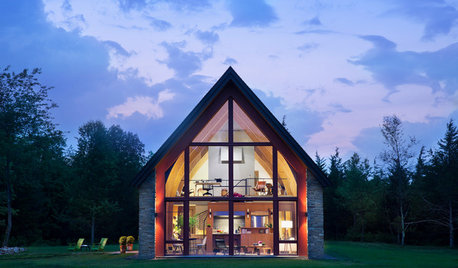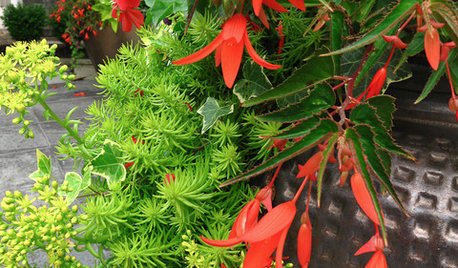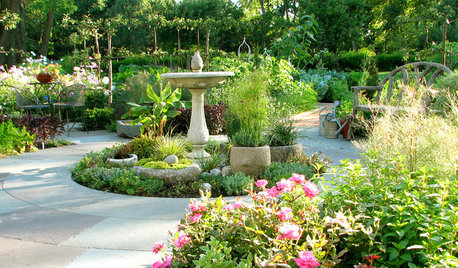Cottonwood- Annual Care?
simonbloomfield5a
15 years ago
Featured Answer
Sort by:Oldest
Comments (19)
shortleaf2002
15 years agoRelated Professionals
Edmond Landscape Contractors · Mooresville Landscape Contractors · Allentown Landscape Contractors · Berkley Landscape Contractors · Clark Landscape Contractors · Framingham Landscape Contractors · Quartz Hill Landscape Contractors · Vadnais Heights Landscape Contractors · Colorado Springs Siding & Exteriors · New Port Richey East Siding & Exteriors · Point Loma San Diego Siding & Exteriors · Bethany Decks, Patios & Outdoor Enclosures · Dearborn Decks, Patios & Outdoor Enclosures · Fredericksburg Decks, Patios & Outdoor Enclosures · Norwood Stone, Pavers & Concreteken_adrian Adrian MI cold Z5
15 years agoray718
15 years agosimonbloomfield5a
15 years agopineresin
15 years agoken_adrian Adrian MI cold Z5
15 years agocascadians
15 years agospruceman
15 years agopineresin
15 years agoken_adrian Adrian MI cold Z5
15 years agobengz6westmd
15 years agospruceman
15 years agoiforgotitsonevermind
15 years agoken_adrian Adrian MI cold Z5
15 years agospruceman
15 years agoiforgotitsonevermind
15 years agobig_deck
15 years agoDan _Staley (5b Sunset 2B AHS 7)
15 years ago
Related Stories

GREEN BUILDINGThe Passive House: What It Is and Why You Should Care
If you don’t understand passive design, you could be throwing money out the window
Full Story
GARDENING GUIDESSuperstar Annuals for Containers and Baskets
High performing, low maintenance and all-around gorgeous, these container plants go the distance while you sit back and relax
Full Story
GREEN BUILDINGHouzz Tour: See a Maine House With a $240 Annual Energy Bill
Airtight and powered by the sun, this energy-efficient home in a cold-winter climate is an architectural feat
Full Story
DENS AND LIBRARIESHow to Care for Your Home Library
Increase your enjoyment of books with these ideas for storing, stacking and displaying them
Full Story
GARDENING GUIDESTree Care: Common Tree Diseases and What to Do About Them
Learn to recognize trees that may be affected by diseases or pests so you can quickly take action
Full Story
EXTERIORSCare and Training for a Vine-Covered Home
Love the look but don’t want the ruin? Learn how to have vine-draped walls without all the cracks and crumbling
Full Story
GARDENING GUIDESAfter-Summer Care for a Fabulous Fall Garden
Cleaning out stragglers and taking time to assess will keep your garden thriving all through autumn
Full Story
GARDENING GUIDESBackyard Birds: How to Care for American Goldfinches
The American goldfinch is a bright-in-the-summer visitor and one of the only vegetarian songbirds. Here's how to give them a healthy habitat
Full Story
HOLIDAYSHow to Care for Your Christmas Tree
Keep your tree looking lush until the last ornament is packed away with these tips for watering, using stands and more
Full Story
GROUND COVERS10 Succulents That Make Pretty, Easy-Care Ground Covers
These low-growing succulents create interest in the drought-tolerant garden
Full Story









iforgotitsonevermind